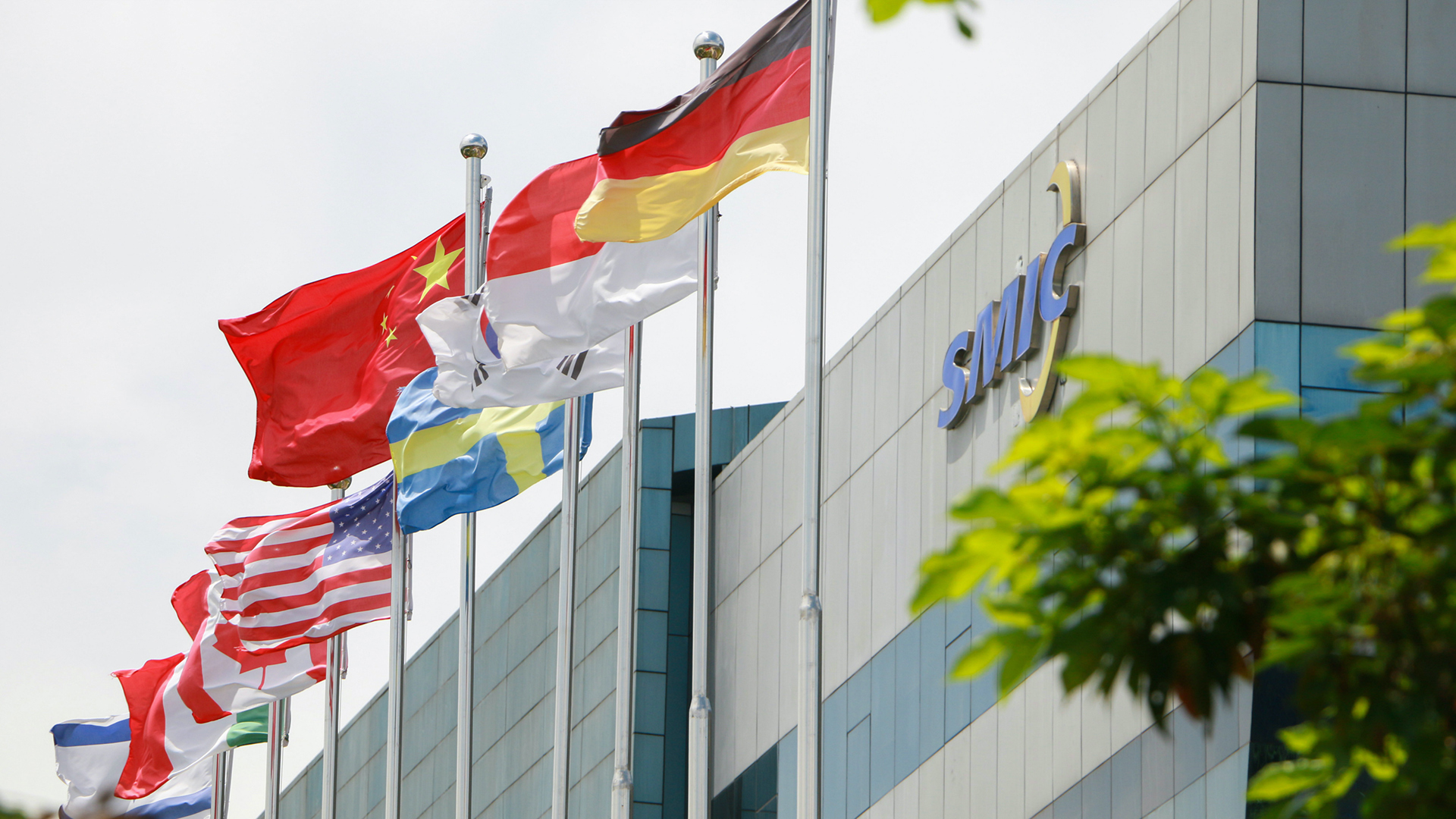China's premier chipmaker SMIC faces chip yield woes as equipment maintenance and validation efforts stall

Following multiple rounds of restrictions imposed on semiconductor production equipment sales to China, the country's foundry champion, Semiconductor Manufacturing International Corporation (SMIC), is finally feeling the effects. This week, the company reported output disruptions caused by equipment maintenance and new equipment validation, which will reduce its revenues for the second quarter by up to 6%, according to DigiTimes.
SMIC ran into two yield and output-related issues recently. An unexpected incident during scheduled annual maintenance disrupted production lines and compromised process accuracy, leading to a drop in yield rates. On top of that, the validation of newly installed equipment uncovered performance issues that needed correction, causing additional yield fluctuations. These issues lasted for more than a month during the first quarter and are expected to affect output in the second quarter. SMIC co-CEO Haijun Zhao explicitly said average selling prices (ASPs) were stable, confirming that the revenue shortfall was not pricing-related — it was from lower sellable output due to yield loss.
All chipmakers perform annual maintenance. However, the U.S. government prohibits American makers of wafer fabricating equipment (WFE) from servicing their advanced tools in China. While SMIC engineers can perform some scheduled maintenance, they are not formally qualified, so unfortunate incidents may occur.
The same applies to newly installed equipment. Normally, tools are assembled at toolmakers like ASML, thoroughly tested, disassembled, and then reassembled on site. However, expedited deliveries of tools bypass assembly and tests at toolmakers, which may lead to issues that need a fix.
Under normal circumstances, operational issues like yield degradation or equipment problems typically impact profitability (e.g., gross margin), since they raise costs per good unit produced rather than directly cutting revenue. However, in SMIC's case, the operational issues lowered yields and disrupted production output. This likely meant fewer wafers or chips were completed and available for shipment in Q2, so revenue dropped due to reduced volume, even though pricing remained stable. So, while the root cause is operational, the effect cascades into profitability (via higher cost per unit) and revenue (via fewer units delivered).
Apparently, the installation issues were so severe that SMIC had to divert between $30 million and $75 million from its R&D budget to debug the new tools. SMIC usually devotes 8% to 10% of its revenue to R&D, which in the case of the company's Q1 earnings means between $180 million and $225 million. However, since resources were temporarily shifted to setting up and fine-tuning new tools, the company's R&D expenses in the first quarter totaled $150 million. As for capital expenditures, SMIC expects to allocate $7.5 billion to building new production capacity this year.
SMIC generated $2.247 billion in revenue in the first quarter of 2025, up 1.8% quarter-over-quarter from $2.207 billion. Sales from wafers made up 95.2% of the total and climbed nearly 5% QoQ, driven by an 18% increase in 200-mm wafer sales and a 2% uptick in 300-mm wafer sales. Factory utilization reached 89.6%, a 4.1% increase from the prior quarter. Usage levels at 300-mm sites remained strong, while 200-mm sites matched the utilization seen at the larger facilities. These gains helped counterbalance the effects of softer unit pricing and higher depreciation expenses on margins.
Get Tom's Hardware's best news and in-depth reviews, straight to your inbox.
The co-CEO noted that SMIC evaluated tariff risks through internal reviews and close coordination with domestic and overseas partners. The estimated revenue impact was minor: under 1%. He stressed that ongoing dialogue with partners has helped the company stay ready for any trade-related disruptions.
Follow Tom's Hardware on Google News to get our up-to-date news, analysis, and reviews in your feeds. Make sure to click the Follow button.

Anton Shilov is a contributing writer at Tom’s Hardware. Over the past couple of decades, he has covered everything from CPUs and GPUs to supercomputers and from modern process technologies and latest fab tools to high-tech industry trends.
-
The Historical Fidelity Ouch!!! A 6% revenue shortfall will definitely cause a stock price adjustment. Bad news for anyone holding SMIC stock.Reply